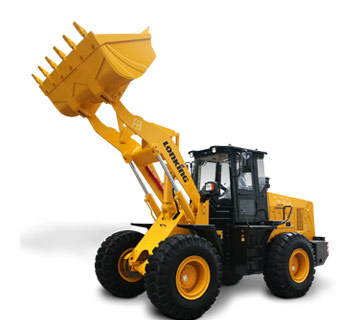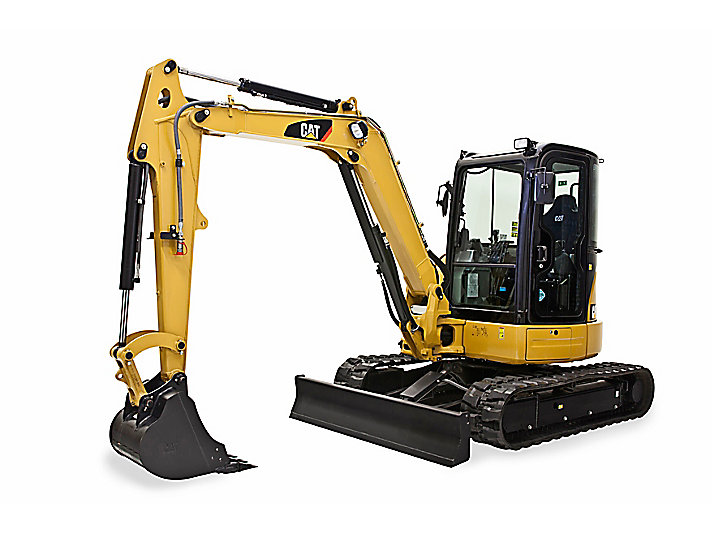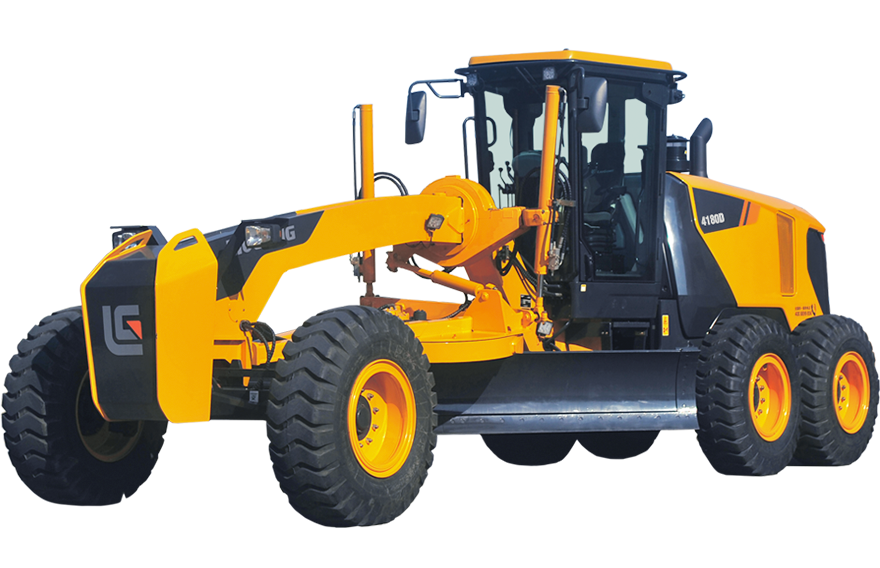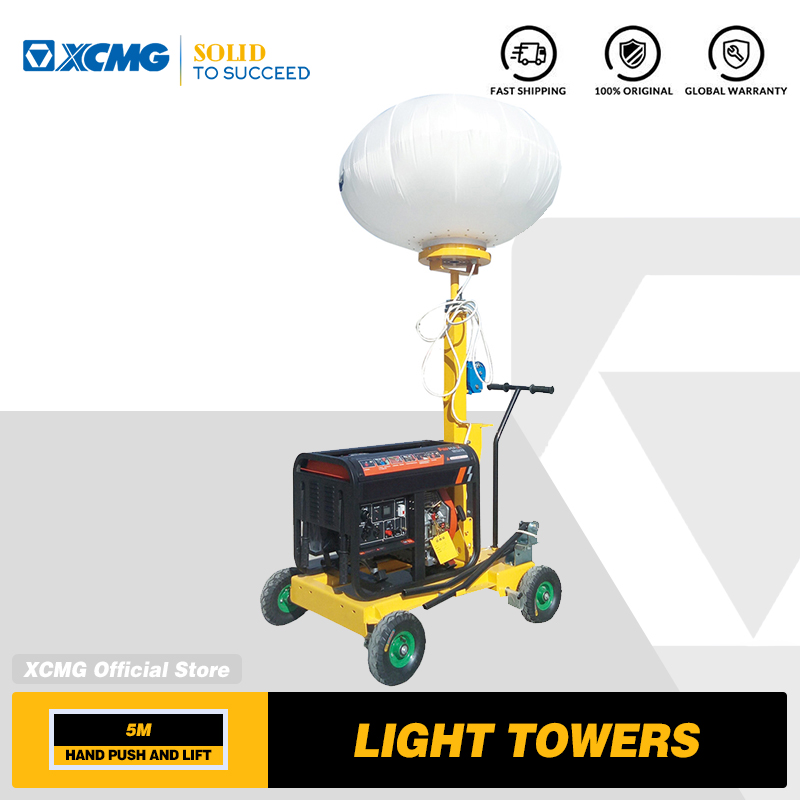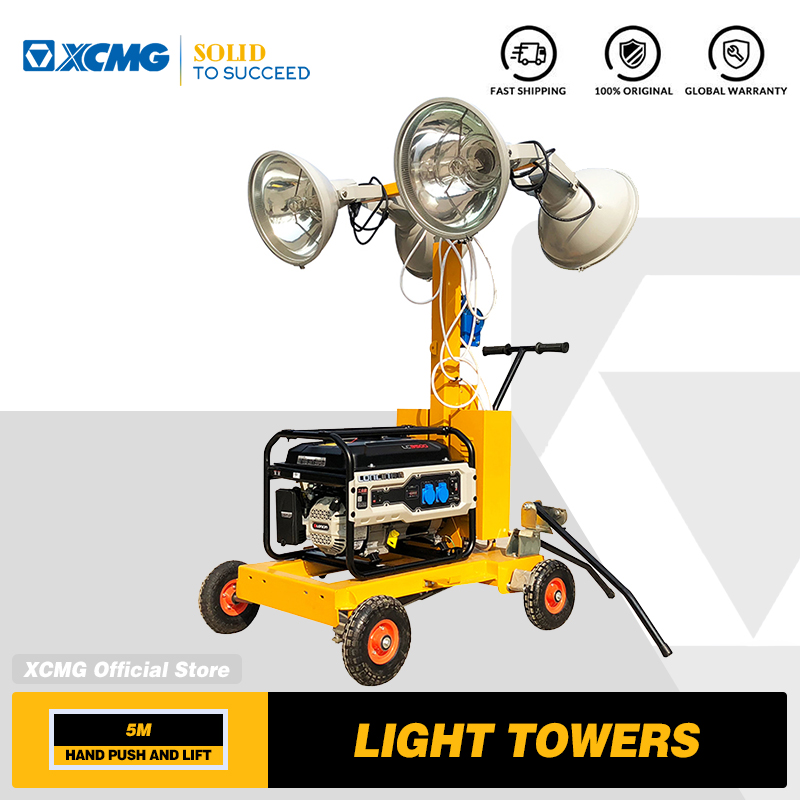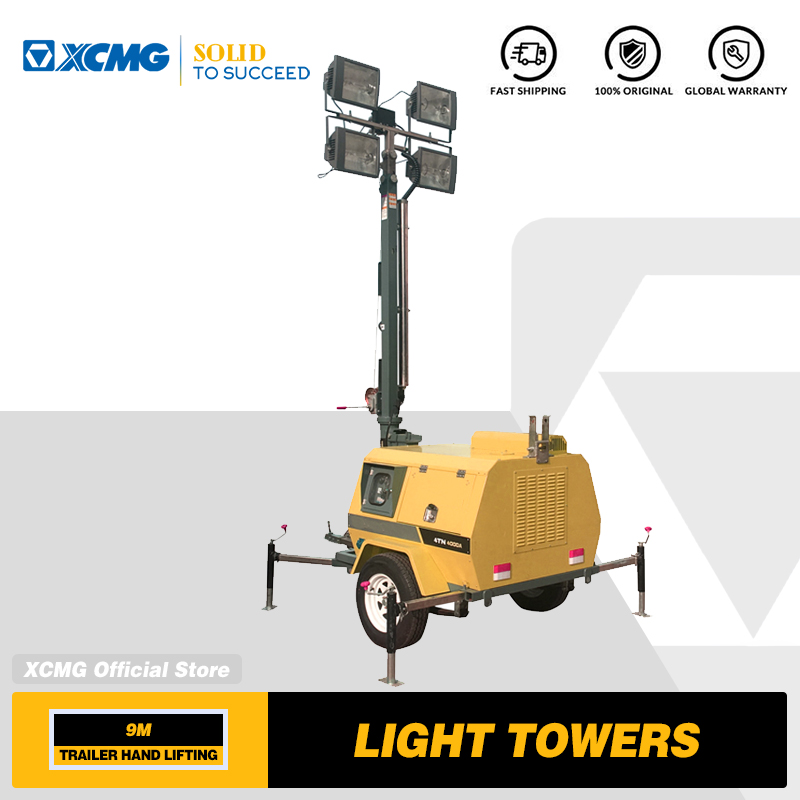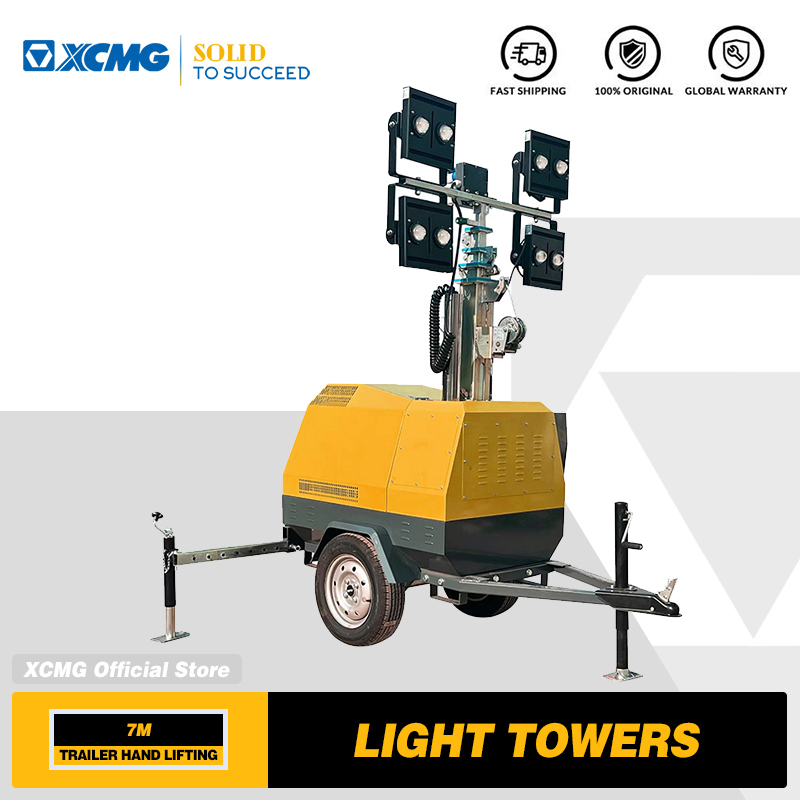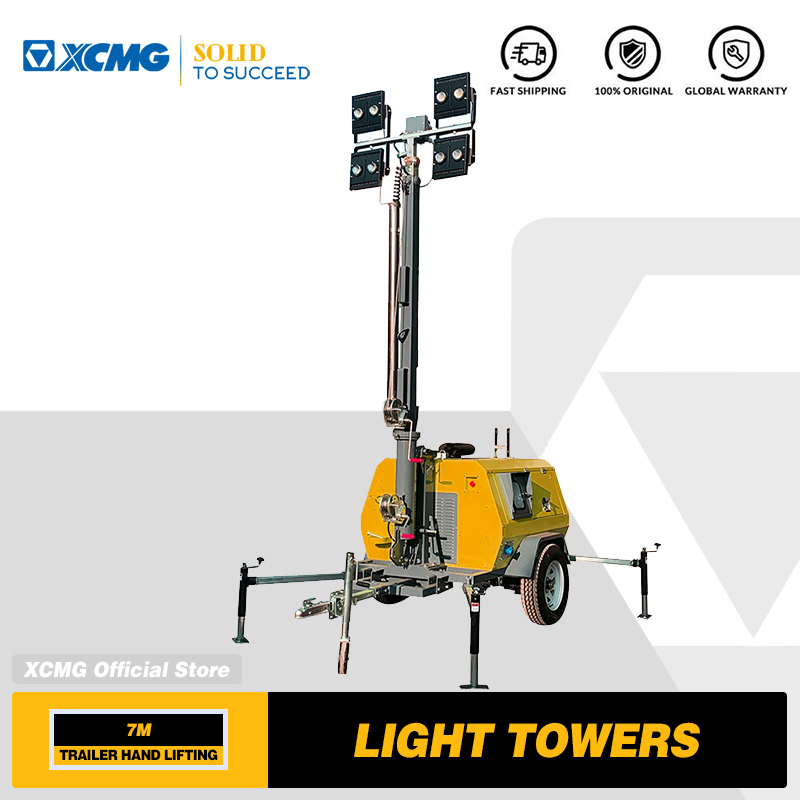Maintenance of Loaders in Winter Season
January 06, 2015

I. Use a Quality Antifreeze
A quality antifreeze has its freezing point at -60 ℃ and boiling point at 108 ℃.
Scale and rust phenomenon are found in 65% cooling systems, which seriously affect the heat dissipation. So, before replacing the antifreeze, it is better to clean these scale and rust first.
Don’t mix different antifreezes together. It may cause chemical reactions, precipitation or bubbles.
II. Water Pump Inspection
Sometimes, you may find some antifreeze in the engine oil after the change of antifreeze. This leakage is caused by the aging phenomenon of the water pump seals, which allow the antifreeze goes through the seal into the lubrication chamber, and eventually reaches the oil pan. Therefore, after each antifreeze replacement, observe the oil level carefully. In case that the oil level goes up, shut down the engine and check the water pump. Generally, you may replace the water pump seals or even the whole water pump assembly in such situation.
III. Cooling System Corrosion-resistant Filter Cartridge
This filter cartridge contains additives such as ion exchange resin, anti-corrosive agents, magnesium powder, which provide effective protection.
When change the antifreeze, replace the filter cartridge together. It shall be replaced at an interval of each 1000 engine working hours to ensure its effectiveness in corrosion protection.
IV. Fuel Lines Maintenance
(1) Use proper fuel
Choose the fuel according to local temperature and diesel’s cold filter plugging point and freezing point.
(2) Keep fuel lines well maintained
Thoroughly clean up the oil-water separator and keep it with a clean look. Check sewage indication and drain the discharge the impurity in a timely manner. Replace the stained fuel, remove sediments and wash the fuel tank.
(3) Replace the fuel injection nozzle which makes a poor atomization.
V. Lubricant Selection
Factors in determination of a suitable lubricant include the local temperatures, and its freezing point, pour point and viscosity.
A lubricant with higher freezing point cannot be used at low temperatures. However, in hot areas, it is not necessary to use a lubricant with a low freezing point. The freezing point and pour point are basically the same indicators of a lubricant’s fluidity in low temperature, but slightly different in test methods. Normally, the pour point is 2~3 ℃ higher than the freezing point.
VI. Inspection of Three Kinds of Leakage
Expansion and contraction phenomenon along with the season changes can be found on seal parts, especially the rubber O-rings and rectangular rings, in hydraulic and pneumatic systems. At a temperature consistently lower than 0 °C, especially close to -10 ℃, leakage of oil, air or water may occur. So, before entering the winter season, an overhaul for leakage is a must to eliminate such potential problems.
VI. Electrical Equipment Inspection
Failure in starting those aging machines in winter seasons is normal. So, inspection and replacement of the aging electric wires and components are the must before each winter season. The battery check shall be one on your work list.
Don’t forget to check and restore the heating system if the radio tells an unusually cold winter season is coming.






